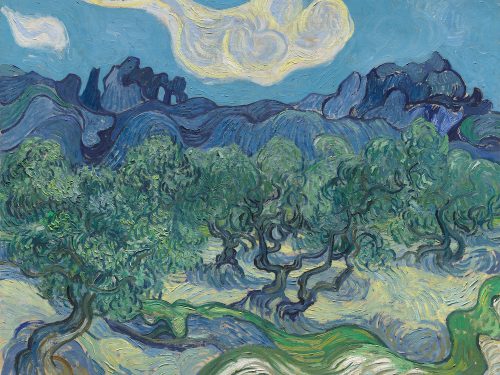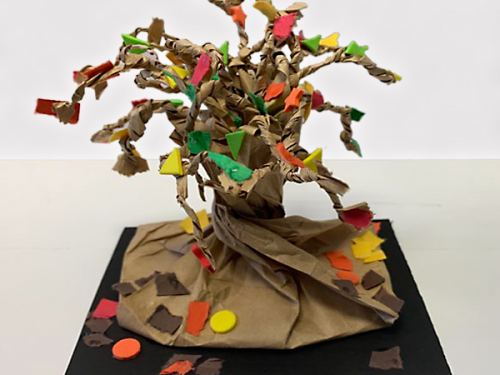October 17, 2021 to February 6, 2022 | Chilton II Gallery
Van Gogh and the Olive Groves is the first exhibition dedicated to the legendary artist’s important olive grove series, produced in Saint-Rémy-de-Provence in the final year of his life. Co-organized by the DMA and the Van Gogh Museum, this groundbreaking presentation premieres in Dallas, the only North American venue, and will then travel to Amsterdam.
Upon arriving at the asylum of Saint-Rémy in May 1889, Vincent van Gogh was immediately captivated by the region’s abundant olive groves. That June through December, he produced a striking series of paintings that capture olive trees at different times of day and in different seasons. Van Gogh and the Olive Groves brings together this significant series for the very first time. It explores the intensely personal and spiritual meaning the motif held for the artist, while tracing his shifting motivations and stylistic approaches. Bold and experimental, the olive grove series reveals Van Gogh’s passionate investigation of the expressive powers of color and line, and his enduring belief in the consoling power of art.
This unprecedented exhibition contextualizes the olive grove series within the artist’s career and reveals exciting new discoveries on the artist’s techniques, materials, and palette through works drawn from public and private collections.
TICKETS
Van Gogh and the Olive Groves requires a paid ticket for adults, with discounts for seniors, students, and military. DMA Members and children 11 and under are free. All visitors must first reserve a free general admission ticket for the DMA on their selected date. Guests will then be able to add on a matching exhibition ticket. An exhibition ticket alone will not permit entry to the DMA. Tickets will typically be released on the third Monday of every month for the upcoming month.
THE OLIVE GROVES OF SAINT-RÉMY
From May 1889 to May 1890, Vincent van Gogh stayed in the psychiatric asylum in Saint-Rémy-de-Provence as a self-admitted patient. From the moment of his arrival, he was fascinated with the region’s olive groves. Van Gogh painted olive trees at different times of day and in different seasons in order to capture their quintessential features, which he felt conveyed the spirit of Provence. While his approach to painting the olive groves varied over time, his desire to express their appearance, as well as his personal thoughts and feelings about the motif, remained constant.
Van Gogh was charmed by the sound of cicadas singing in the olive groves under the hot Provençal sun. He wrote to his brother Theo, “I’ve tried to express the time of day when one sees the green beetles and the cicadas flying in the heat.”
LISTEN to the sound of the cicadas filling the olive groves in present-day Saint-Rémy.
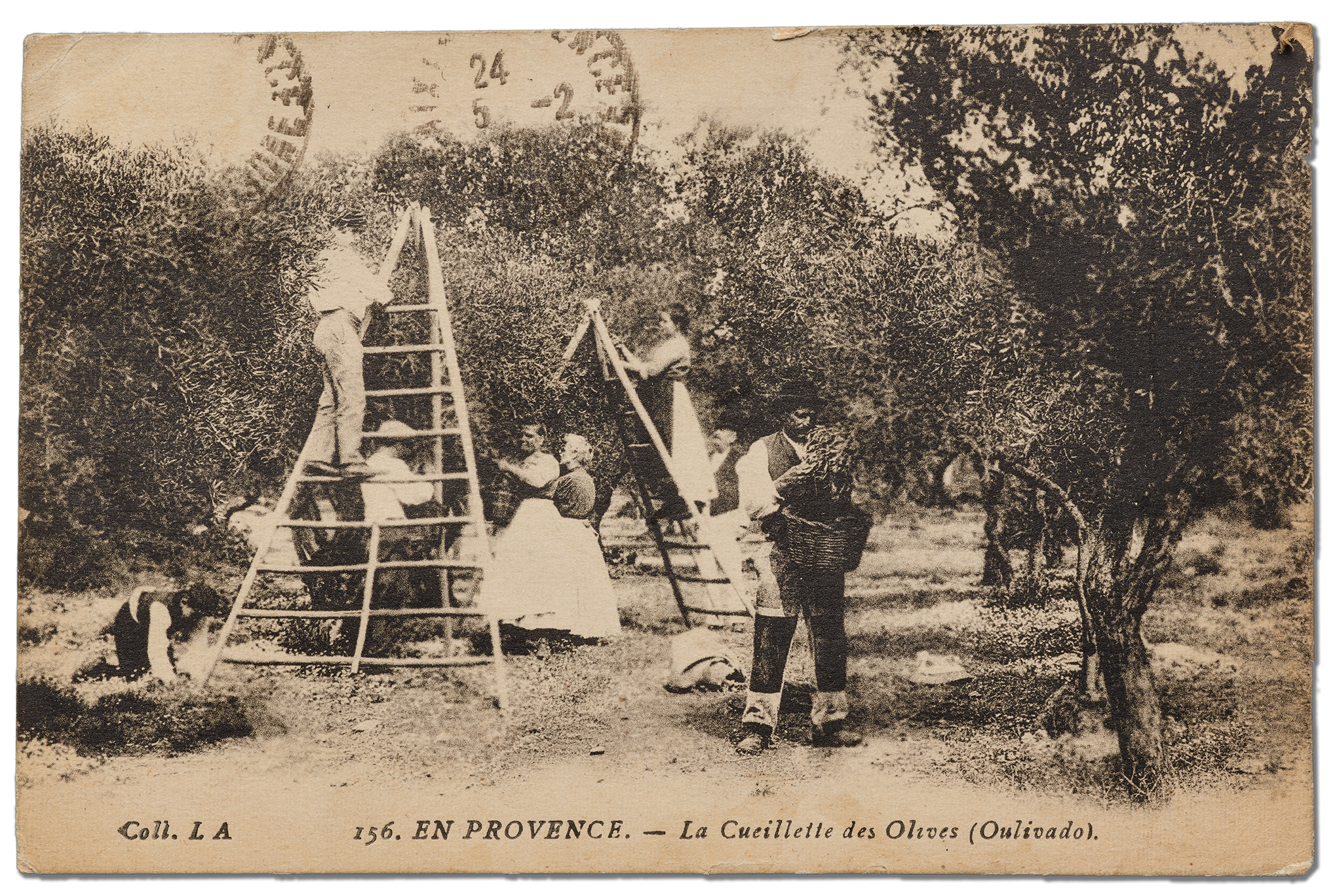
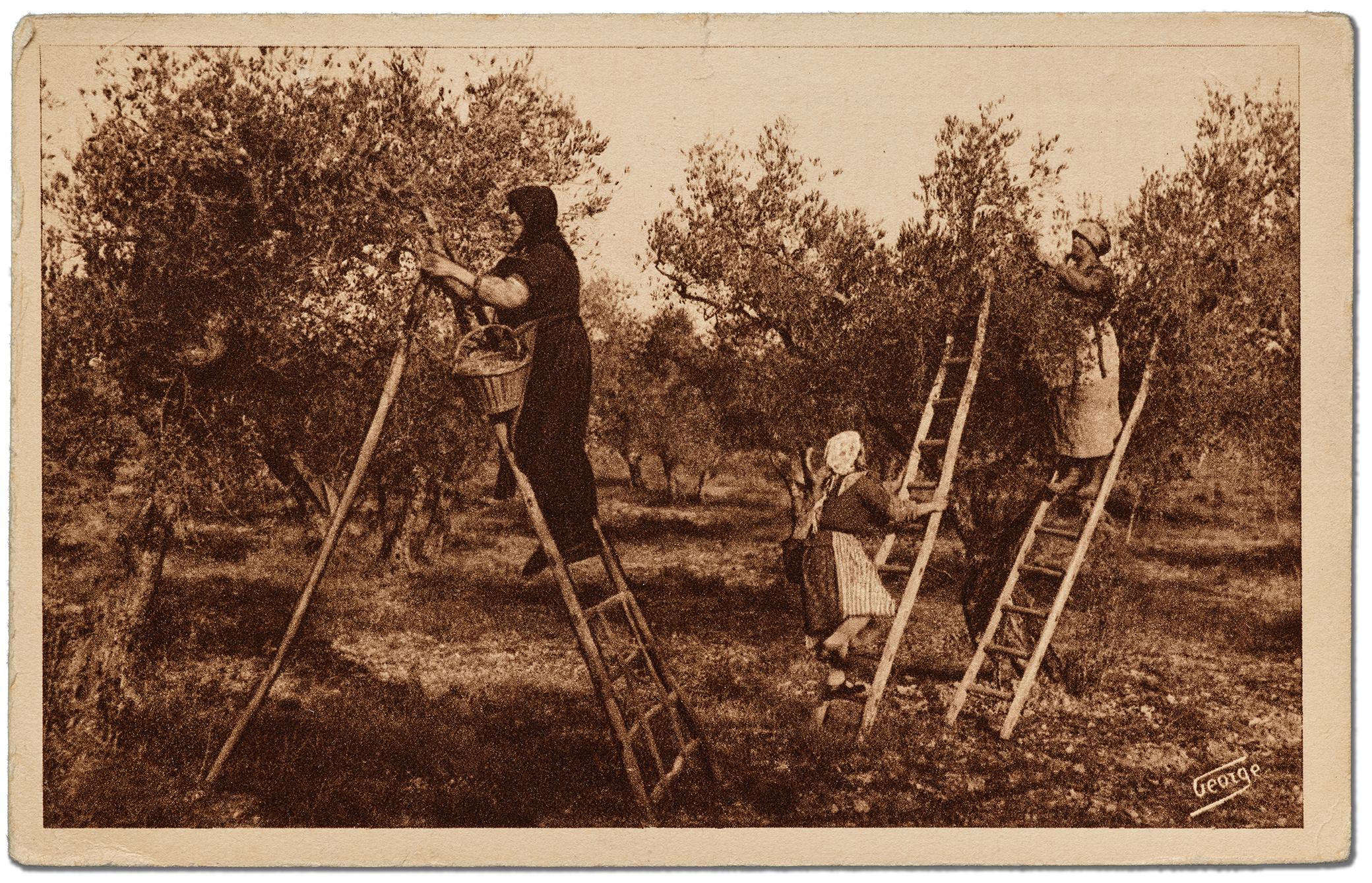
Saint-Rémy-de-Provence
Saint-Rémy-de-Provence is a village in Provence, a region in southern France known for its vineyards, lavender fields, and, in Van Gogh’s time, olive groves. Provence borders the Mediterranean Sea, between Italy and France’s Rhône Valley.
i
ABOUT THE ARTIST
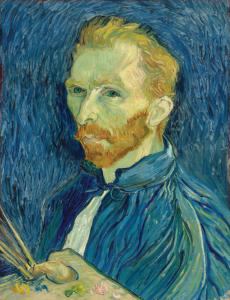
A contemporary of the Impressionists, Vincent van Gogh was a Dutch artist who worked primarily in France from 1886 to 1890, the year of his death at the age of thirty-seven. He was relatively unknown to art critics and collectors in his time, but today he is famous around the world for his boldly colored paintings and expressive brushwork. His most celebrated paintings were made during his stay in Provence, a region in southern France.
After suffering a series of debilitating mental breakdowns, Van Gogh voluntarily admitted himself to a psychiatric hospital in Saint-Rémy, a small village in Provence, in May 1889. There he produced an important series of paintings dedicated to the olive tree—a symbol of peace, resilience, and renewal—between recurring bouts of illness that left him unable to paint. Created during a difficult period of Van Gogh’s life, his olive grove paintings are imbued with messages of solace and hope through color and line.
MORE TO EXPLORE
Then and Now: Imagining Van Gogh’s Painting Process
In parallel with the exhibition Van Gogh and the Olive Groves, an interdisciplinary research project was launched to explore Van Gogh’s olive grove paintings in depth and find out whether their colors have shifted over time. Taking evidence from this research, Dr. Nicole R. Myers invited the DMA’s Paintings Conservator, Laura Eva Hartman, to create two hypothetical reconstructions of Van Gogh’s olive tree paintings with what their original color scheme might have been.

